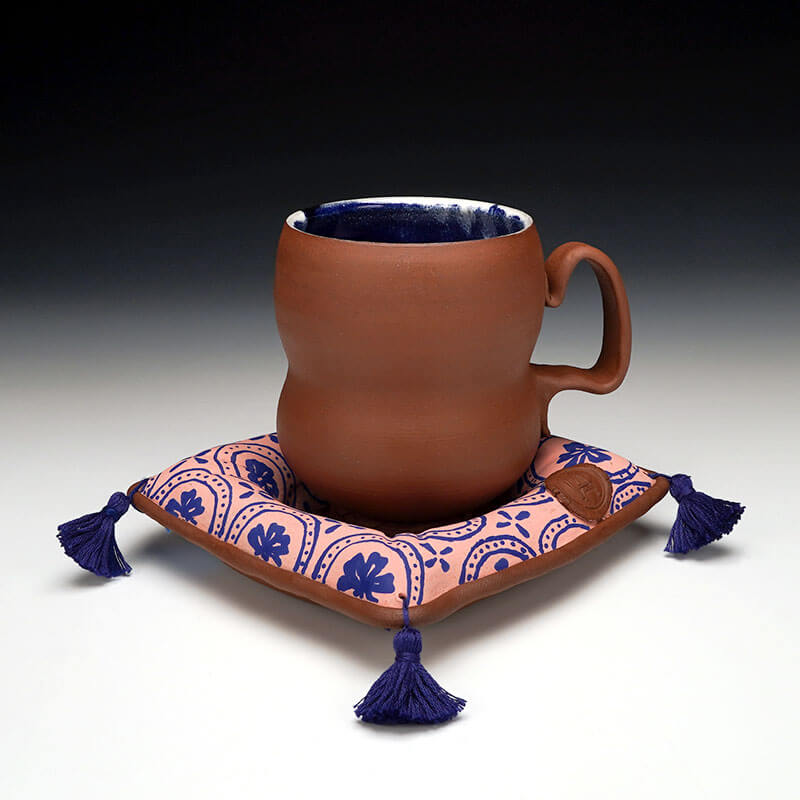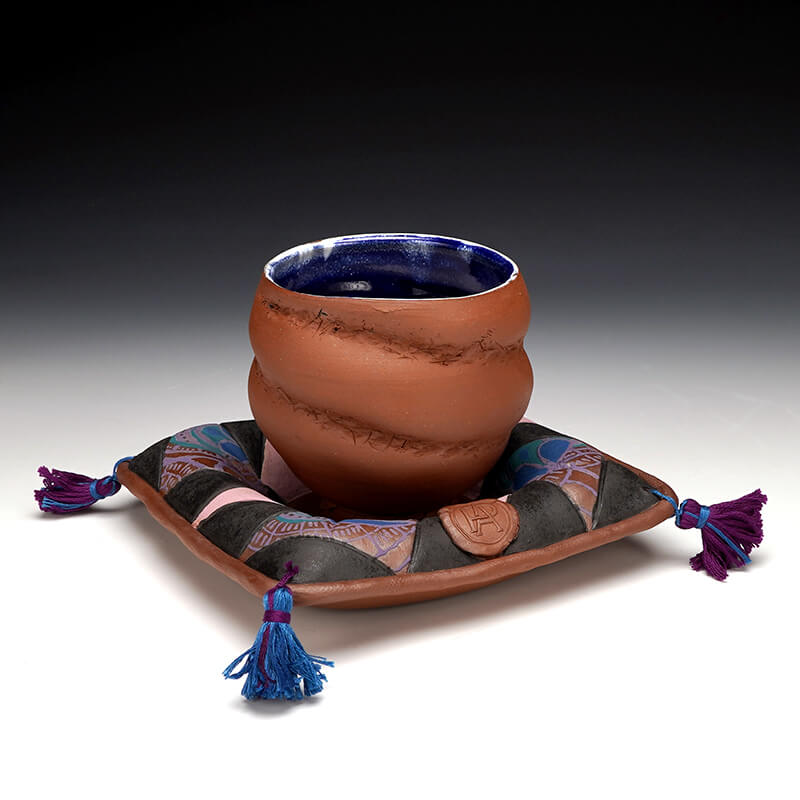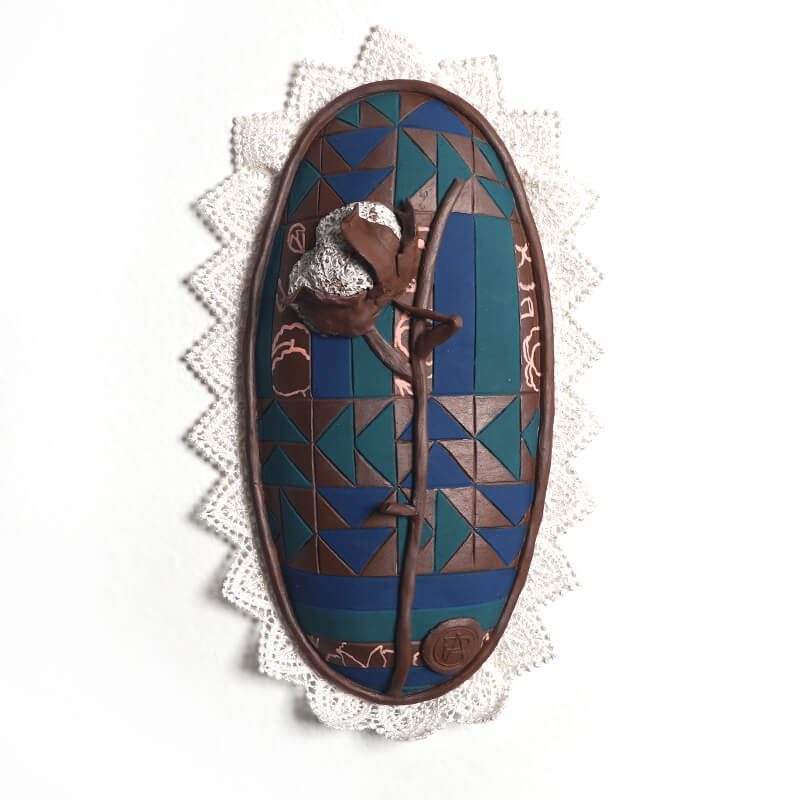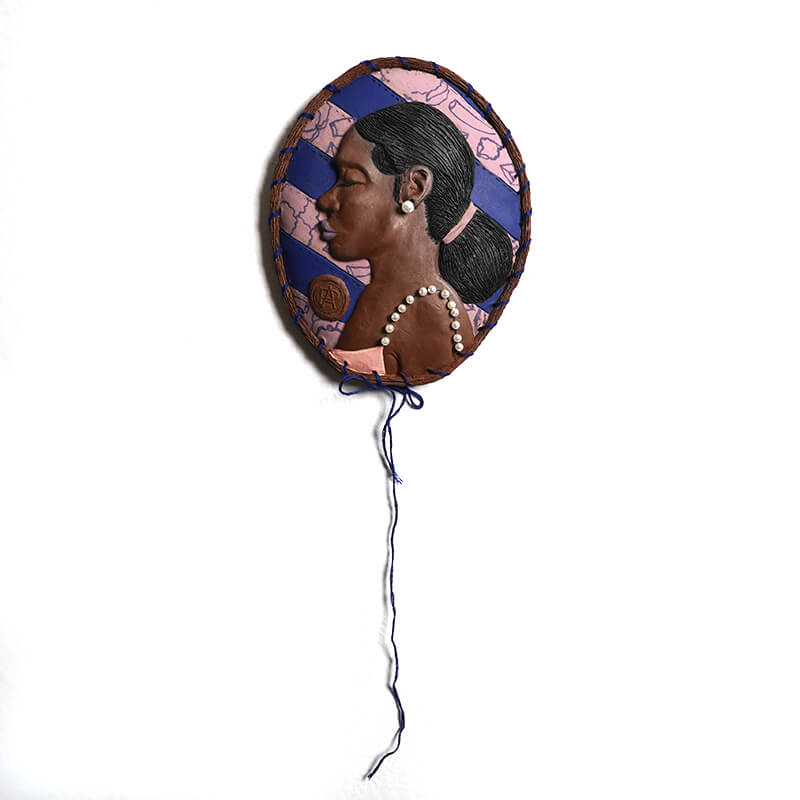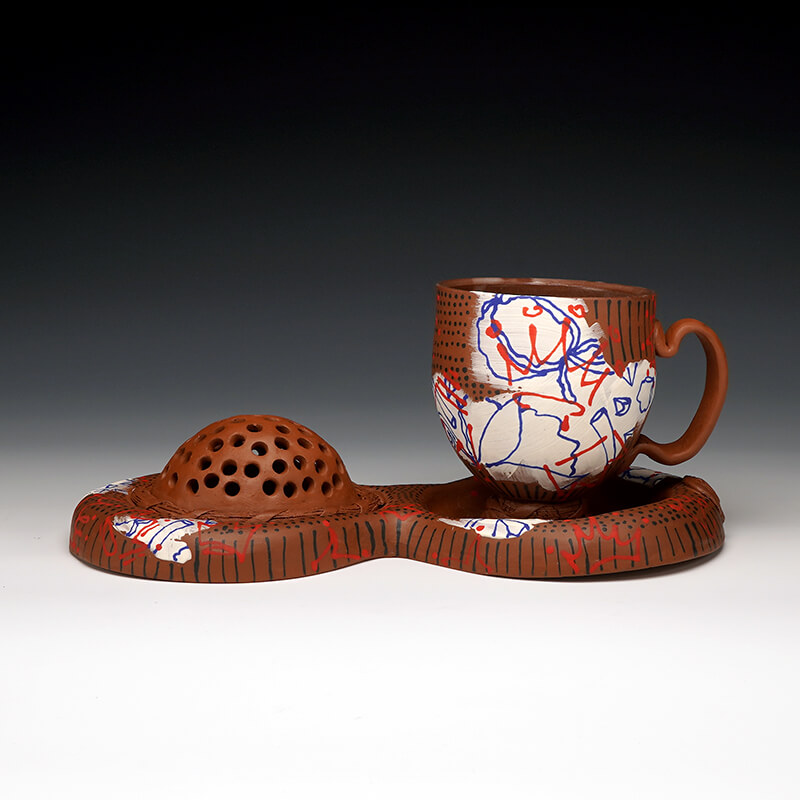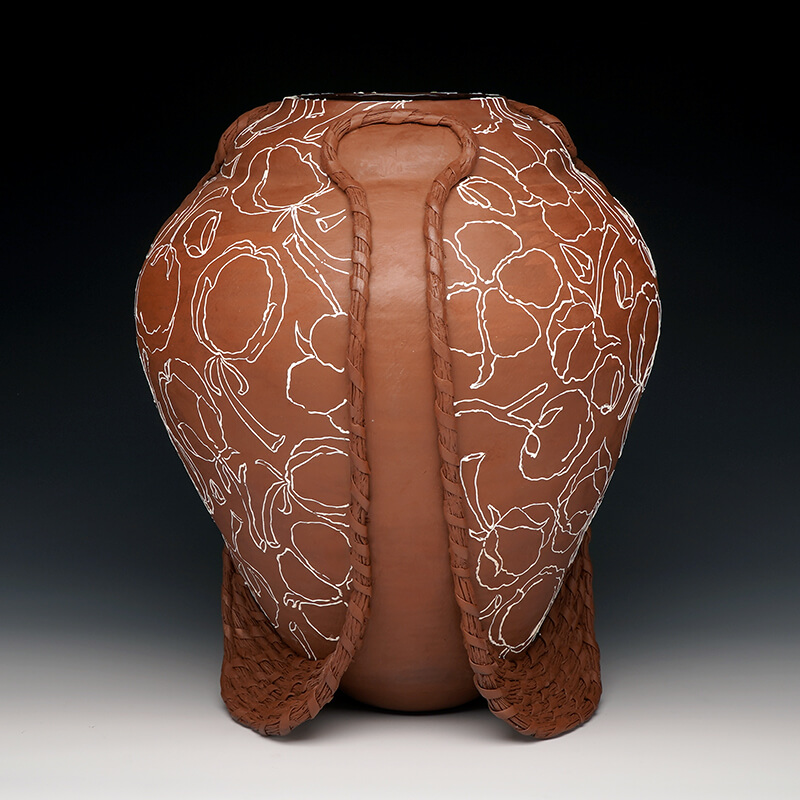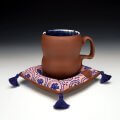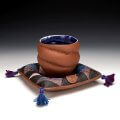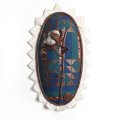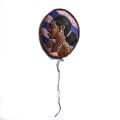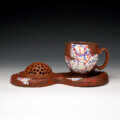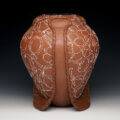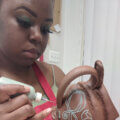
Ashlyn Pope is an African American artist of Gullah descent mainly working with ceramics and textiles. Clay became instrumental in her work while attending Kennesaw State University where she eventually earned her BFA in Ceramics and Printmaking in 2013. She went on to complete her Master’s degree in Ceramics at Pennsylvania State University in 2019. Currently, Ashlyn is a Professor at Coastal Carolina University and is Associate Director of the Charles Joyner Institute for Gullah and African Diaspora Studies.
I am Gullah, a descendant of the enslaved, born into a line of abused Black women and I inherited near identical assaults on my female Black body. Using my story as a bridge, within my practice I examine where my personal experiences intersect with the general experiences of others within the African American community. I use ceramics, textiles and printmaking processes in various ways to speak to a narrative of mental and physical confinement and limitation of the Black body throughout American history while simultaneously expressing pride about, and the beauty of, the Black community. A beauty held despite many barbarisms levied against us.
My pieces are a strikingly delicate balance between weighted subject matters and beauty as a visual aesthetic. They are a quiet reflection of spaces that are imposed upon us and the spaces that we select for ourselves. My work asks the we examine the correlation between our collective history and the contemporary world.
Within my work I express the human form, most commonly as ceramic vessels to talk about the human condition. Using sculptural and functional architypes of the human body, I employ wheel throwing and handbuilding techniques to create vessels to enfold African, African American culture and ceramic history into my forms. Inspired by the ingenuity of my ancestors, I embrace the visual elements of their sweetgrass baskets, a tool created to assist in the cultivation of rice that they morphed into an artform. All of my works use elements of Sweetgrass baskets as a way to honor and uplift their stories. These elements are a connection to my familial culture that satisfies my need to preserve identity.

